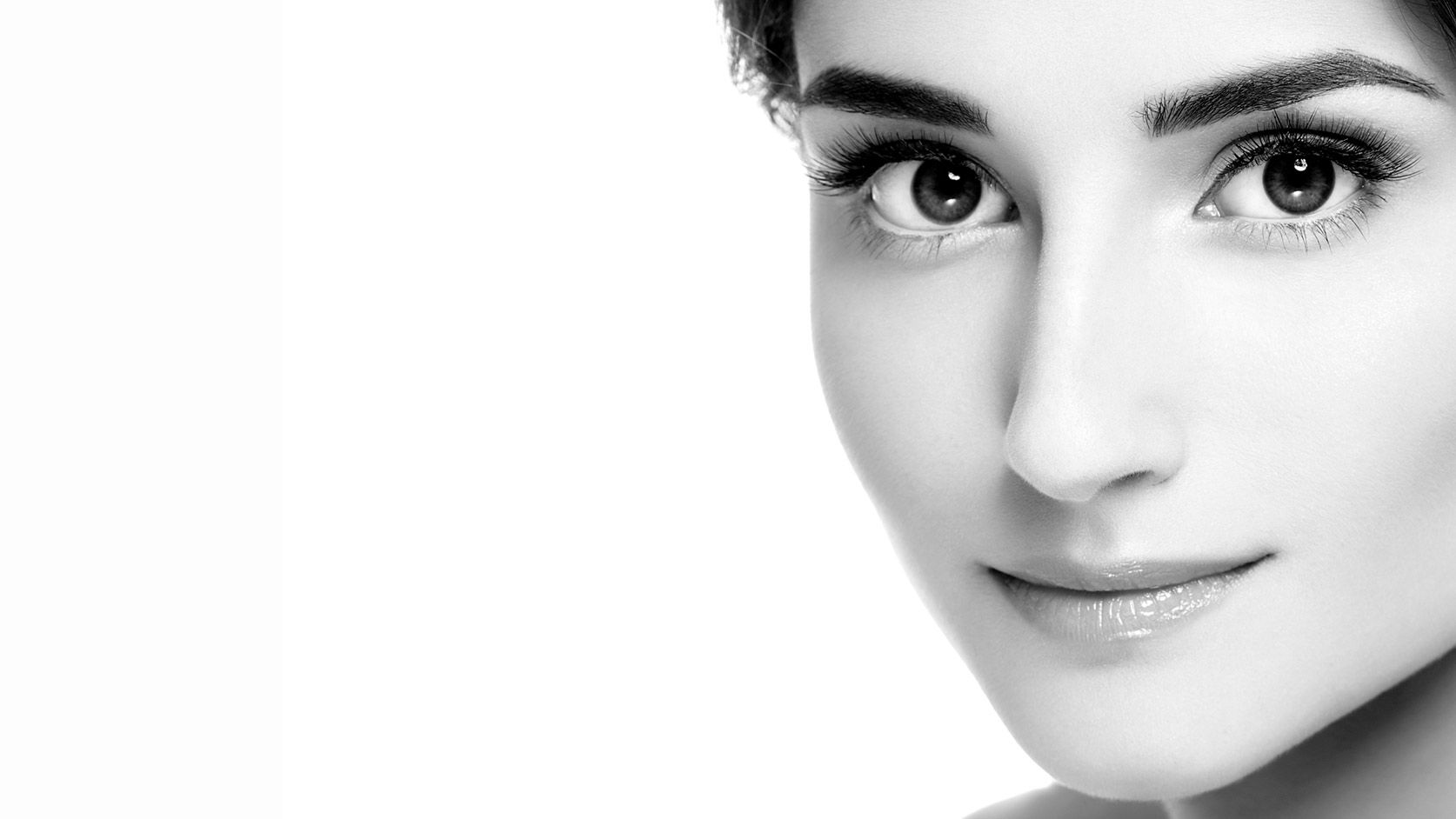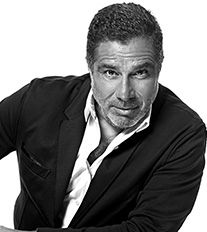Addition blepharoplasty
Fat melting is one of the significant phenomenon in the ageing of the face and is usually associated with tissue ptosis. Over the years, the eye surgery pioneers came to favour the techniques of lipofilling or restoring fatty volumes to restore the eyes in a natural and durable way.
Fat melting is generally most common in facial zones with significant muscular mobility where the repetition of movements and expressions are very frequent, such as eye blinking and smiling. This movement repetitiveness is responsible for faster and more significant fat reduction. This phenomenon is firstly and mainly visible around the eye socket, on the upper and lower eyelids.

